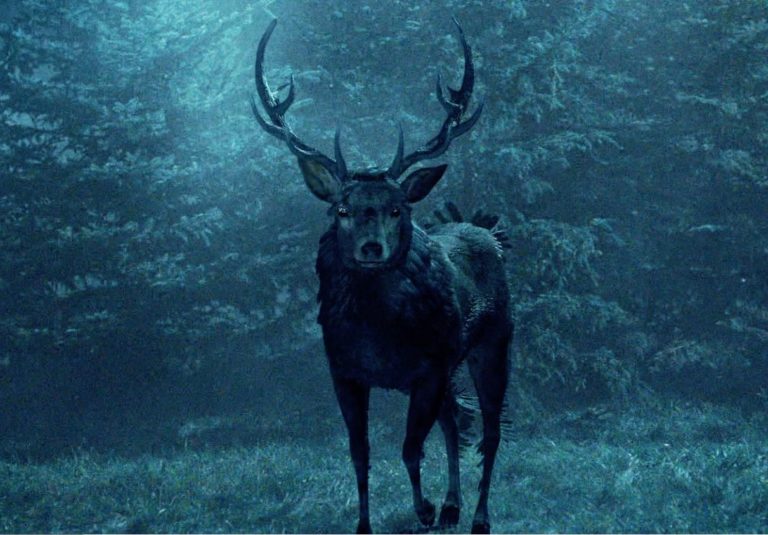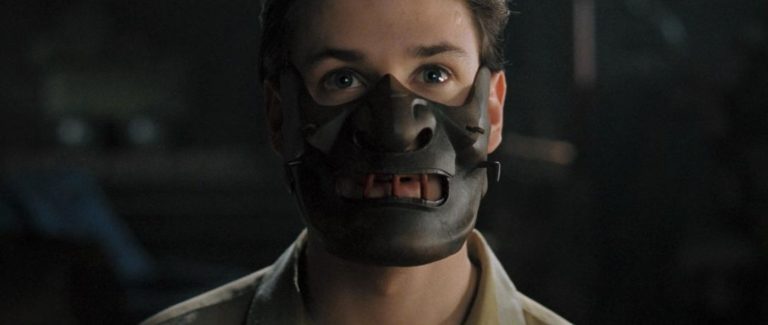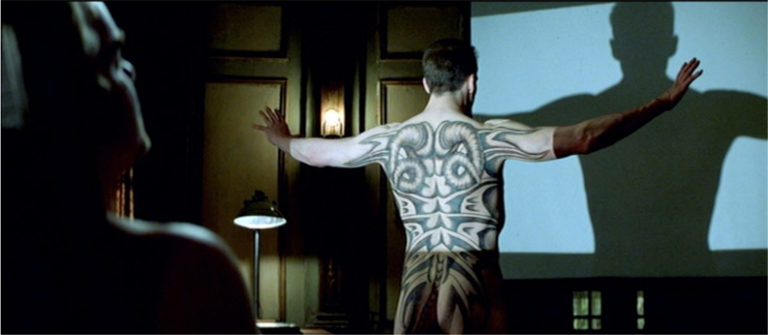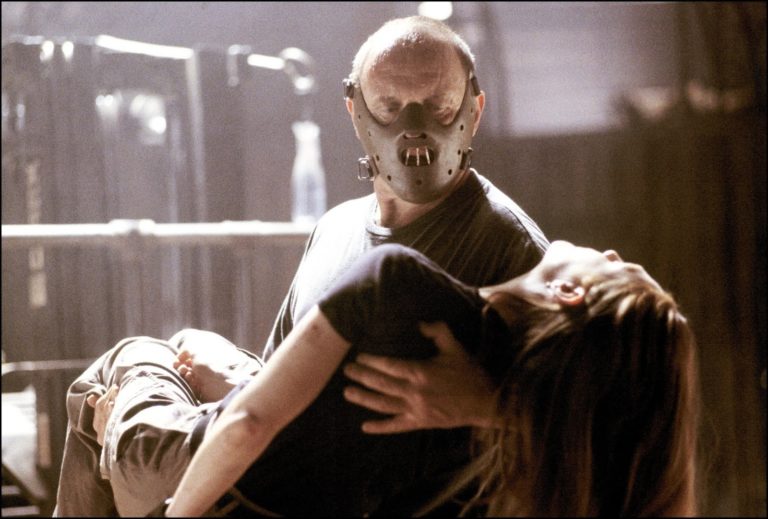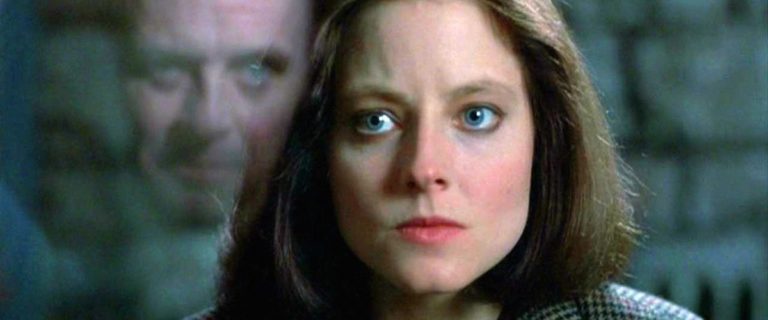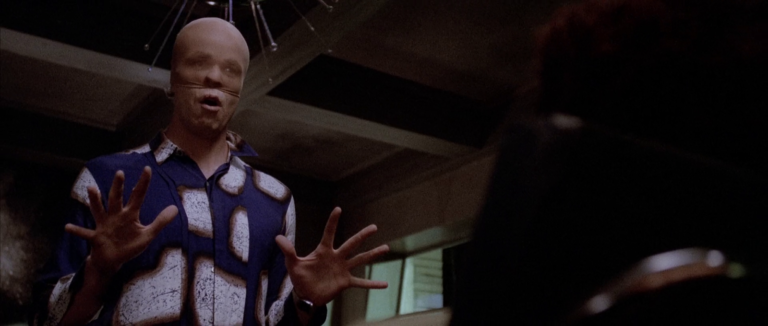Welcome back to a very special bonus entry in the Hannibal Lecter retrospective! In today’s post we’re...
Year: 2020
Welcome back to the Hannibal Lecter retrospective! In today’s entry we’re going to be looking back at...
Welcome back to the Hannibal Lecter retrospective! In today’s post we’ll be looking at 2002’s prequel/remake/cash-in, Red...
Welcome back to the Hannibal Lecter retrospective! In today’s post we’ll be looking at the follow-up to...
Welcome back to the Hannibal Lecter retrospective! In today’s post we’ll be going over The Big One,...
If you follow me on Twitter then you may have heard recently that I have been devouring...
In case I haven’t made it obvious yet, I love the Dark Souls franchise. I adore the challenging,...
